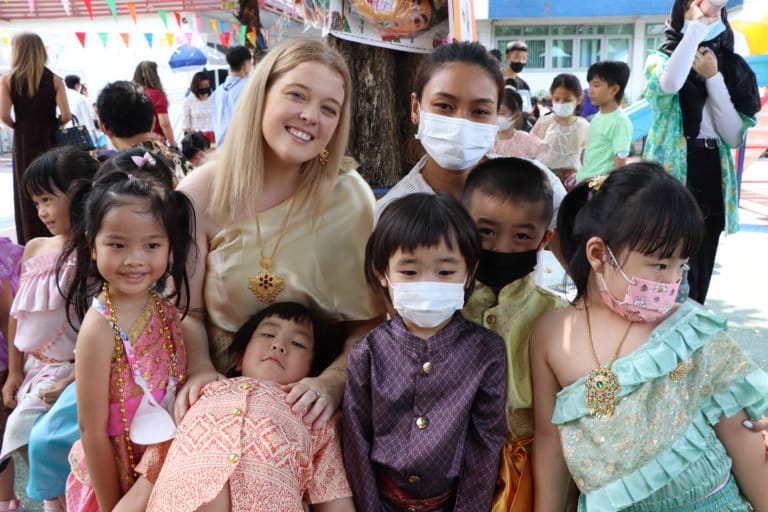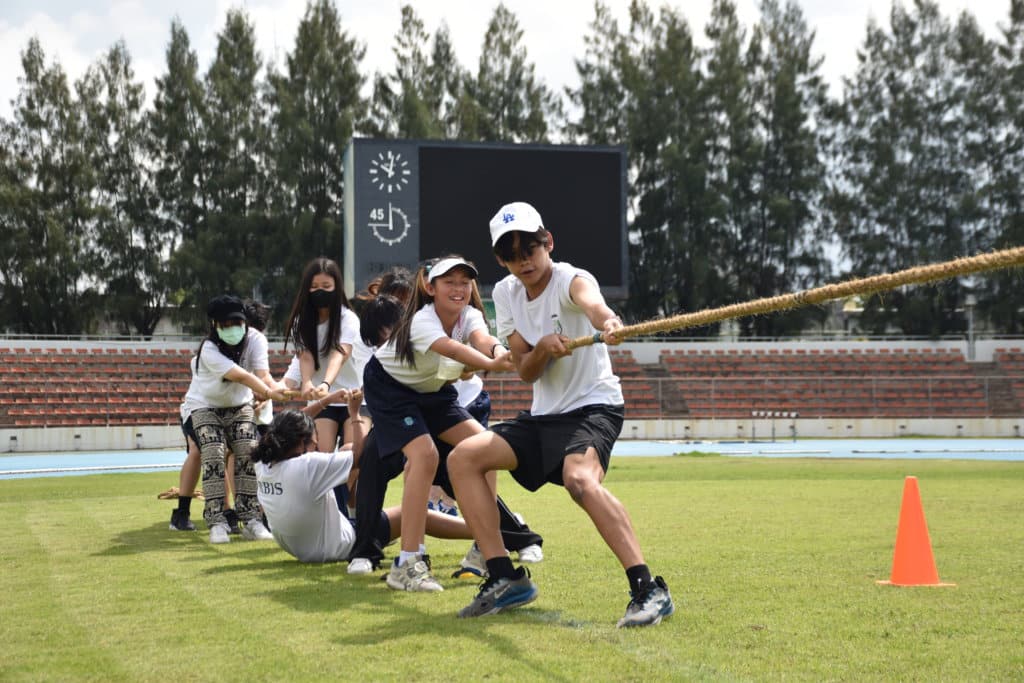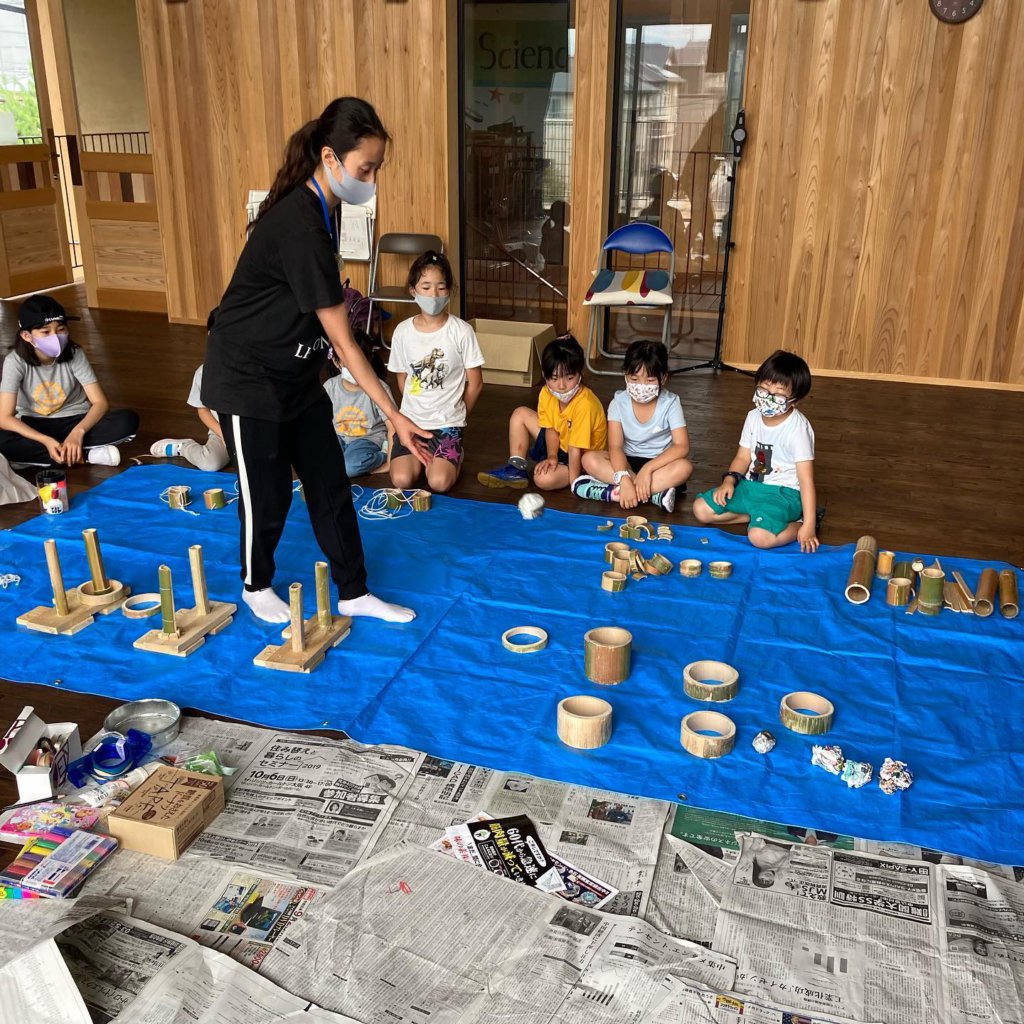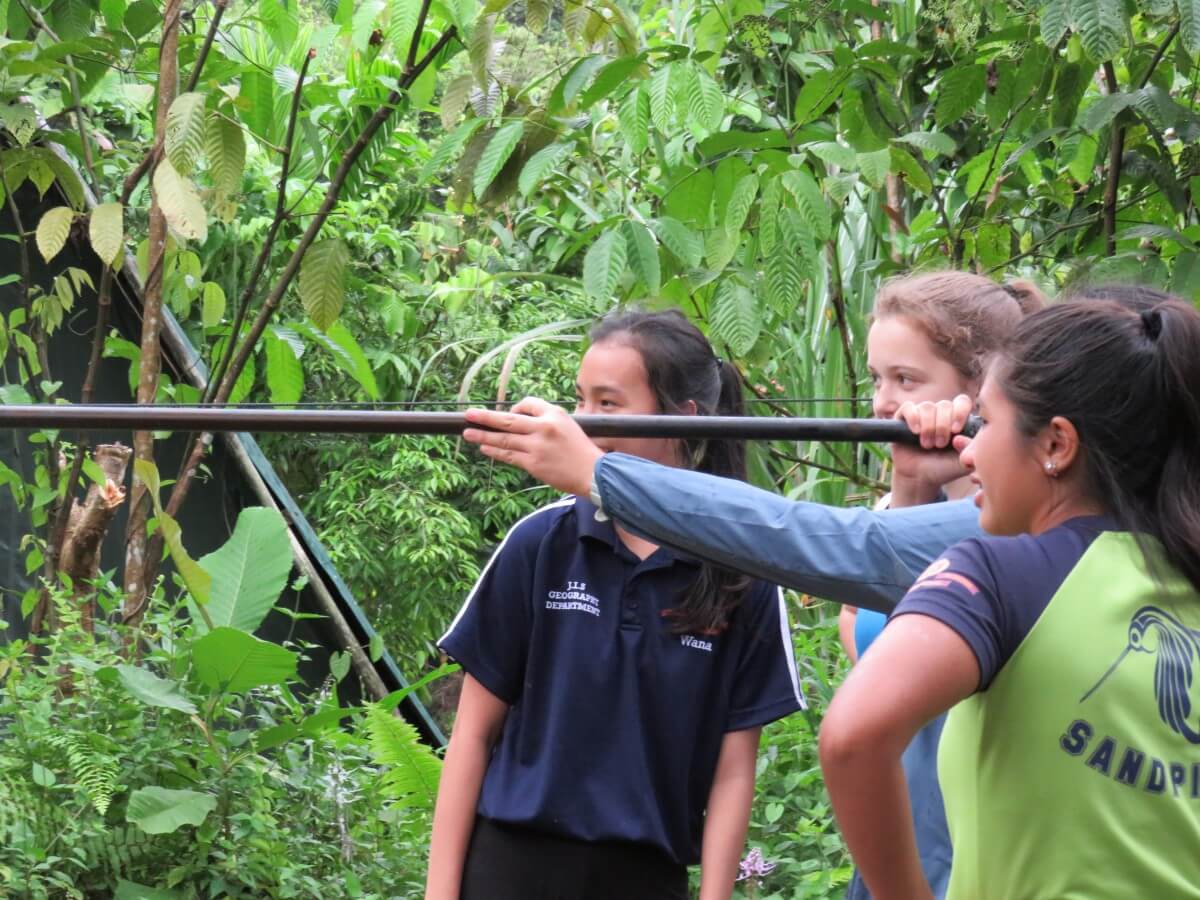
International schools make for an excellent choice because the advantages your child will receive extend far beyond the boundaries of a classroom. One of them is being part of a community with many backgrounds and perspectives represented. By spending their formative years surrounded by new cultures, languages, and views, they’re prompted to scrutinise facts, think deeper and forge their own opinions.
As graduates, they stand out. With experience embracing all sorts of views and respecting others who do not look like them, they find their footing easily in any country. Parents can be assured that international schools — the best of which offer vigorous academics, a wide swath of co-curricular activities and state-of-the-art facilities — would fully equip their children with the know-how and skills to thrive in any setting and region.
Here’s a list of three international schools in Asia with both diverse campuses and limitless possibilities:

At RBIS International School, pupils have the knowledge, support, and skills to realise their hopes and dreams for the future. Source: RBIS International School
RBIS International School
A healthy and environmentally conscious community where close to 200 students have outstanding opportunities to thrive — that’s RBIS International School. It’s an environment where students can be nurtured and excel. Here, students learn within and beyond classrooms. RBIS International School is a member of Round Square, a global network of schools in 50 countries that connect and collaborate to offer world-class programmes and experiences that develop global competence, character and confidence. The school’s vast array of extracurricular activities, clubs, and leadership programmes do just that. By joining, students not only explore their interests and develop their talents but they build essential life skills too.
These experiences pair well with RBIS’s curriculum that’s heavily based on the British model and delivered within an international context. Secondary school starts with a Pre-IGCSE programme in Year 9 which prepares students well before taking on the IGCSE in Years 10 and 11 and, later, A Levels, BTEC or high school diploma — whichever is best suited for the student.
At every stage of their RBIS journey, the school caters for advanced learners with an accelerated programme and provides extra support should any student need it. Attentive and dedicated, teachers here know each student well, allowing them to step in with caring expertise at the right time.
A robust college and university placement support system helps students identify their career paths, prepare for standardised tests, and secure admission into prestigious institutions worldwide. While many graduates head to their first choice colleges and universities, what’s perhaps more profound is how RBIS graduates are not just ready for college but for the world, as can be seen in their poised and polite character. To learn more about the fully accredited international school that’s just applied for FOBISIA membership, click here.

Singapore American School aims to produce curious, confident and independent students ready to take on the world. Source: Singapore American School Facebook
Singapore American School
Singapore American School (SAS) sets up young learners for success through one pivotal strategy: providing them with first-hand experiences that require using their senses. Its Early Learning Centre is guided by a singular principle: the belief that children are capable, curious learners. This, mixed with a Reggio-inspired philosophy — in which children are thought to communicate through 100 languages — guides their learning.
Learning happens in various ways throughout the day, encouraging students to be curious, and to have time to play, wonder and learn. Children join a move and groove class, have a regular play with the environment, and are encouraged to interact with their teachers and peers at every opportunity. This helps build strong relationships and instils values of respect and clear communication from the get-go.
Interspersed with this is a daily Chinese class in which children are taught the basics of the language. Research has proven that adopting a second language at an early age helps boost the parts of the brain involved in problem-solving, critical thinking, memory, concentration, and multi-tasking. In turn, this creates children who have enhanced creativity and mental flexibility.
The result? Deeper levels of involvement and information retention. This ensures that by the time they are set to move on to begin their first years of school, children have the mental, physical, and emotional qualities to thrive in a classroom environment — setting them up for more success for years to come.

Ascot International School Japan prepares students to meet the challenges of a complex and evolving modern world. Source: Ascot International School Japan Facebook
Ascot International School Japan
Developing a love of learning — that is the mindset of Ascot International School in Kobe, Japan. “We want students taking their learning one step further, where students look for answers in everything they see and do,” says Darrick Mosser, the Headmaster.
Take one look at this school, and you’ll know what sets them apart. They are the only certified Cambridge International school in the west of Tokyo – allowing students from Nursery to Secondary School to pursue the Cambridge International curriculum that provides them with a clear pathway to GCSE and A Levels exams.
It is an education that develops a love for learning and caring among students from a young age. The Early Years Foundation Stage curriculum is delivered in an enabling environment that drives intellectual curiosity, builds upon children’s experience of the world around them, and inspires creative learning.
They start this through Forest School. This entails going into nature, observing its changes and then creating changes themselves. Whether they are looking at insects or Luffa, they create their own meaning from their learning and then expand on these ideas through group discussions and presentations. This happens throughout the entire school year.
“As a new school, we have a limited number of students right now,” shares James Bird, a Key Stage 2 Homeroom Teacher. “Teachers are able to give more one-to-one attention and cater learning for the students, rather than for the students to catch up with everyone else.”
These young students will also recognise and celebrate Japan’s rich cultural setting through a comprehensive Japanese Kindergarten and Elementary curriculum that runs together with its international English language curriculum – allowing them to enjoy the best of both worlds.
*Some of the institutions featured in this article are commercial partners of Study International









